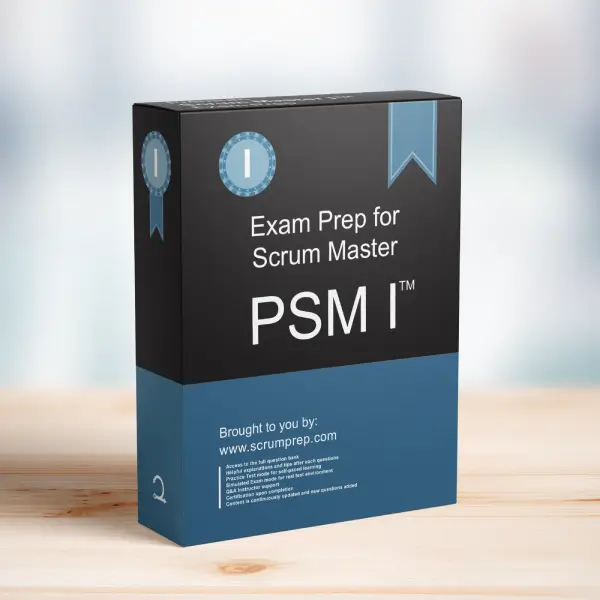Understanding Increment Releases in Scrum
In Scrum, the concept of an Increment is fundamental to delivering a potentially shippable product at the end of each Sprint. However, there can be some confusion regarding whether these Increments must be released to customers or users at the end of every Sprint. Let’s explore this topic in detail.
Exam Question
True or False: An Increment must be released to customers or users at the end of each Sprint.
A. True
B. False
Correct Answer
B. False
Explanation
Why B is Correct
B. False: While Scrum ensures that each Sprint results in a potentially shippable Increment, it does not mandate that this Increment must be released to customers or users at the end of every Sprint. The decision to release an Increment is up to the Product Owner, who considers factors such as business needs, market conditions, and stakeholder feedback. The key is that the Increment is in a state that could be released if deemed valuable by the Product Owner, ensuring flexibility and readiness.
Key Points
- Potentially Shippable: Each Increment must be in a condition that it can be released, meeting the Definition of Done and ensuring quality.
- Product Owner’s Decision: The Product Owner decides when to release the Increment based on various considerations, including maximizing value and market readiness.
- Flexibility: Scrum provides the flexibility to release Increments when it makes the most sense for the product and the business, not necessarily at the end of each Sprint.
The Importance of Potentially Shippable Increments
In Scrum, each Sprint is aimed at producing a potentially shippable Increment, meaning it meets the necessary quality standards and could be released if the Product Owner decides it is valuable to do so. This approach ensures that the product evolves iteratively and incrementally, maintaining high quality and readiness for release at any given point.
Role of the Product Owner
The Product Owner plays a crucial role in deciding when to release an Increment. They must balance various factors, including stakeholder needs, business value, and market conditions, to determine the most appropriate time for a release. The Product Owner ensures that the Product Backlog is ordered and refined to maximize the flow of value.
Role of the Scrum Master
The Scrum Master helps ensure that the Scrum Team adheres to Scrum practices, including producing potentially shippable Increments each Sprint. They support the team in maintaining quality and adhering to the Definition of Done.
Role of the Developers
The Developers are responsible for creating the Increment, ensuring it meets the Definition of Done and is potentially shippable. They work collaboratively to complete all tasks necessary to deliver a high-quality Increment by the end of each Sprint.
Relevance to the PSM I Exam
Understanding the concept of potentially shippable Increments and the Product Owner’s decision-making role in releases is crucial for the PSM I exam. It emphasizes the importance of quality, readiness, and flexibility in Scrum, key principles that candidates must grasp.
Conclusion
In summary, while Scrum mandates that each Sprint results in a potentially shippable Increment, it does not require that this Increment be released to customers or users at the end of every Sprint. The decision to release is made by the Product Owner based on various considerations, ensuring that releases are timely and valuable.
For comprehensive preparation and practice exams, check out PSM I Exam Prep to enhance your understanding and application of Scrum principles.




